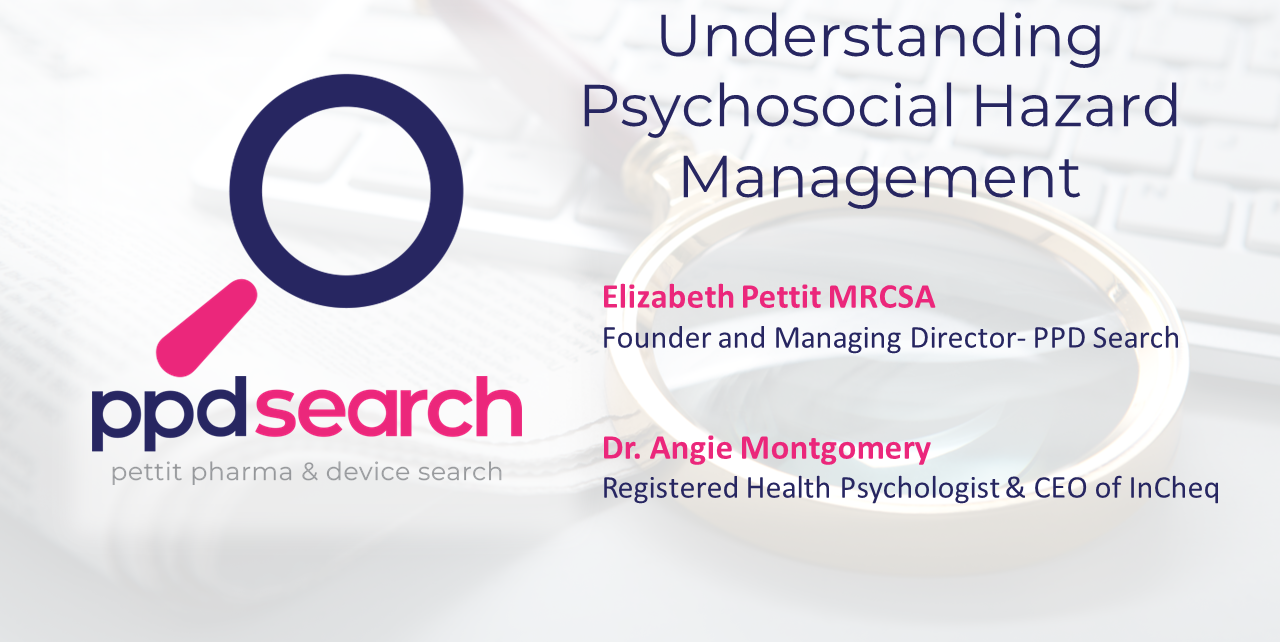The resume that will land you that dream job
Published on June 4, 2017
Written / Hosted by:
With an average of 118 applications per job, you can imagine recruiters and hiring managers go through many hours of reading resumes every week. To make sure your resume gets the attention it deserves here are some top tips to help create the perfect CV. You may think some of these tips are simple or common sense, but you would be surprised at the slap dash approach many job seekers take; assuming their skills and experience alone will get them their new role. This is often your only chance to make a good first impression, you must make sure you get it right first time!
Impact
You may be surprised that the average time spent reading a resume a first time to determine fit for a role is just 6 seconds. This statistic is obviously not true for every recruiter out there, but to be sure your resume gets past that 6 second glance you need to make sure the key points that are relevant to the job you apply for can be clearly seen. That means having a clear and concise layout with easy to navigate headings, plainly stating your recent employment and highlighting your achievements relevant to the role you apply for.
2-4 pages max
Speaking for probably every recruiter out there, please don’t send us a 15 page story of your employment history (believe me, it happens a lot!). All good recruiters will interview you before representing you to any company, this is the chance to expand further on your experience and skills for the job. Make sure the key points are listed on your resume and not every intricate detail. 2 pages should be enough to get this across, if you are really struggling to fit everything on two pages go for 4 maximum.
Is it relevant?
When writing a resume, keep asking yourself “Is this relevant to the job I am applying for?” . If the answer to this question is no, then it probably doesn’t need to be there. If you are applying for an Executive Manager role, you don’t need to list that you worked in a bar during your twenties whilst you studied, however that Bachelors of Business you studied for is important. Keep it simple and concise to keep the reader’s attention.
Achievements, facts and figures
I cannot stress enough how important achievements on your resume are. Whatever industry you are in, or role you are applying for, your achievements from previous positions will be hugely important to your new employer. “Past behaviour is a predictor of future behaviour” , I am sure many of you have heard this saying before and it is a part of our human nature; hiring managers want to see your previous achievements because it is an indicator of what you may do in the future.
Personally I recruit for many sales roles, in this instance sales people should be specifying their sales results in facts and figures and be as detailed as possible. If you can list that you achieved “110% to target for the last 3 years (with a $3m dollar budget), and was sales person of the year 2015 out of 44 reps nationally” , this will catch the eye of any recruiter or hiring manager much more than “won sales person of the year 2015”. The more detail here the better!
Cover letter
One big mistake I see every day is people who write a “one size fits all” cover letter and send it out to every role they apply for. If you don’t have time to write a cover letter for every application then simply don’t send one, or call the recruiter as your introduction instead. I cannot tell you the amount of times I have seen a cover letter stating “my interest in your Pharmacist position” when in fact they have applied for a Pharmaceutical Sales position and the first “key skill” listed on their resume is attention to detail!
Contact details
Many people don’t touch their resumes for years when they are happy in a role and then 10 years later when they are ready to start a job search they just add in their recent employment history and away they go. There is nothing wrong with this approach however please always check that your contact details are correct and up to date. If you apply for a position, chances are you are hoping to be contacted for that role soon. If you have dusted off that old resume that is 10 years old you may have a new phone number and email address, make sure you can be contacted for that perfect role!
Spell check
This seems like a simple one but I don’t mean to run a spell check across your document. Read through your resume word for word TWICE and have someone triple check it for you. Microsoft Word’s spell check function is a fantastic tool, however it does have its limits. Did you know it won’t spell check anything written in capitals? And of course, it won’t correct typos that are actual words i.e. you may mean to write through instead of threw but spell check doesn’t know the difference because they are both correct spellings of a word.
Your resume is your first chance to impress, so make it count. I hope these 7 points can help you secure that interview and be on your way to landing that dream job.
From our blog
View our blogs and webinar recordings for insights into recruitment in the healthcare industry, company culture and to hear from senior leaders in the healthcare industry on what they are doing in their organisations, along with tips on landing your dream job.






